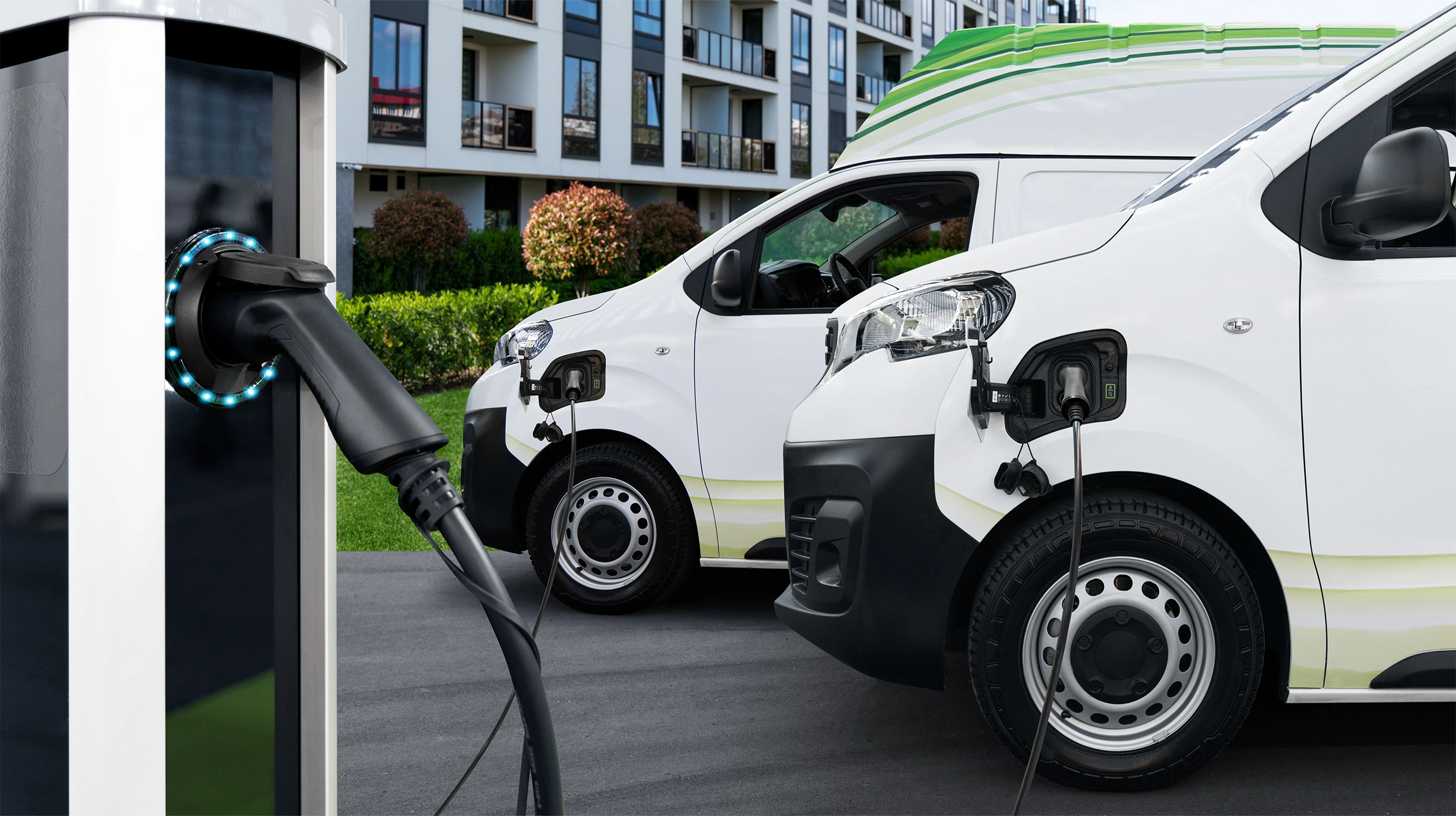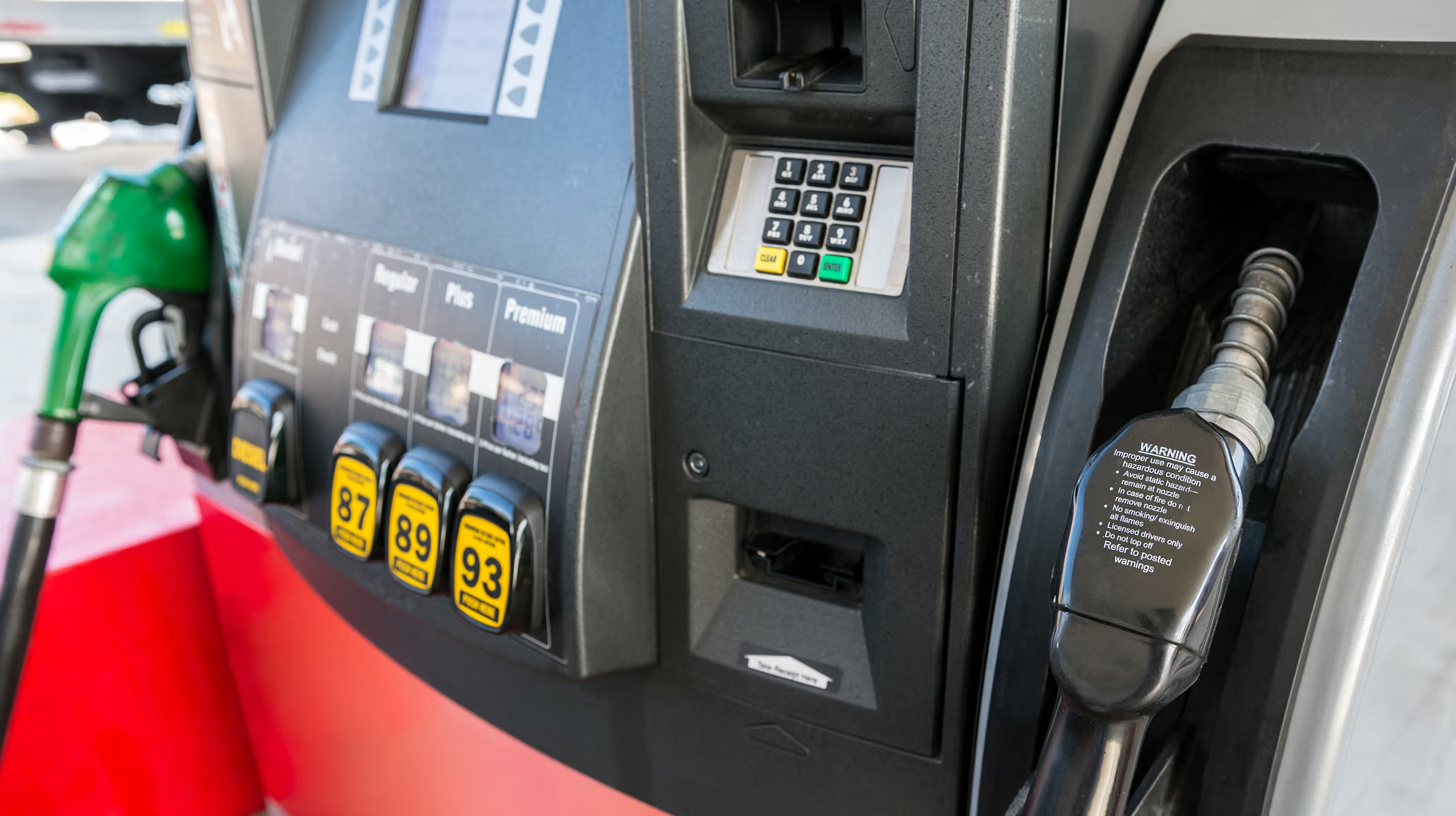More from the fleet glossary
View all fleet glossary entriesWhat is a GPS tracking device?
A GPS tracking device is an electrical unit that can determine its exact location in real time using the Global Positioning System (GPS), which is a Global Navigation Satellite Systems (GNSS). Most GPS tracking devices are compatible with other GNSSs such as Galileo and GLONASS, however we will simply refer to the GPS tracking system as this is the most commonly known GNSS.
A GPS tracking device, or GPS tracker, is commonly fitted to business assets for effective fleet management and includes features such as real-time vehicle tracking.
The GPS tracker includes a GPS receiver that receives radio wave signals from the constellation of GPS satellites to make real-time commercial fleet vehicle tracking possible.
Tracking technology needs to receive signals from at least three GPS satellites to determine its exact location (referred to as trilateration). In some locations, where GPS satellite signals are weak or there is no clear line of sight to GPS satellites, ground stations may be used to make it possible to continue reporting an asset’s current location.
This location data can then be sent via the cellular network (e.g. GSM) for use by businesses using telematics (or GPS fleet tracking software) or private consumers who may use it for keeping loved ones safe and receive the information to their cell phone (Android or Apple iOS).
Information is normally sent at regular intervals (e.g 30 seconds) and can include more than just location tracking. Car trackers can send data such as fuel consumption, vehicle speed and engine diagnostics via the OBD port. Notifications can be sent when a vehicle’s location crosses a geofence, indicating they have entered or exited a designated area.
The functionality and use of GPS tracking devices extends beyond just vehicle tracking devices. There is a whole range of assets that can be tracked and transmit GPS data to a central server in real time.
For example, GPSdevices are used in asset tracking and can be self-powered, making them ideal for non-powered assets like shipping containers. Depending on the tracked asset’s ping rate, battery life can be up to seven years or more.
GPS technology continues to be developed and no doubt will improve the location reporting capability of the GPS tracking devices currently available, widening the scope of how businesses can take advantage of this valuable technology.





